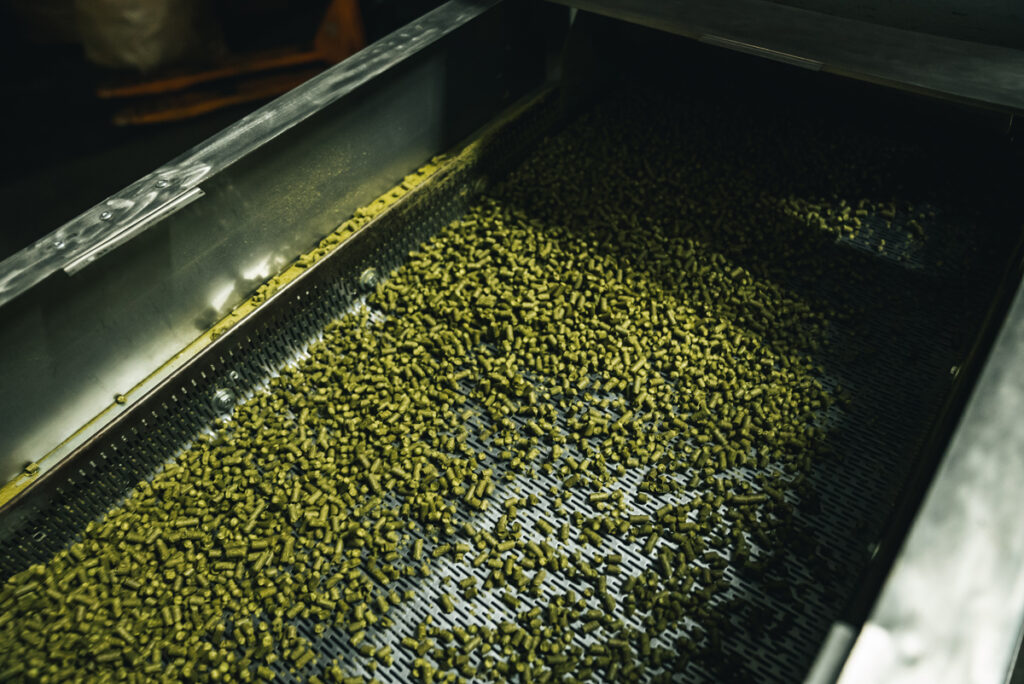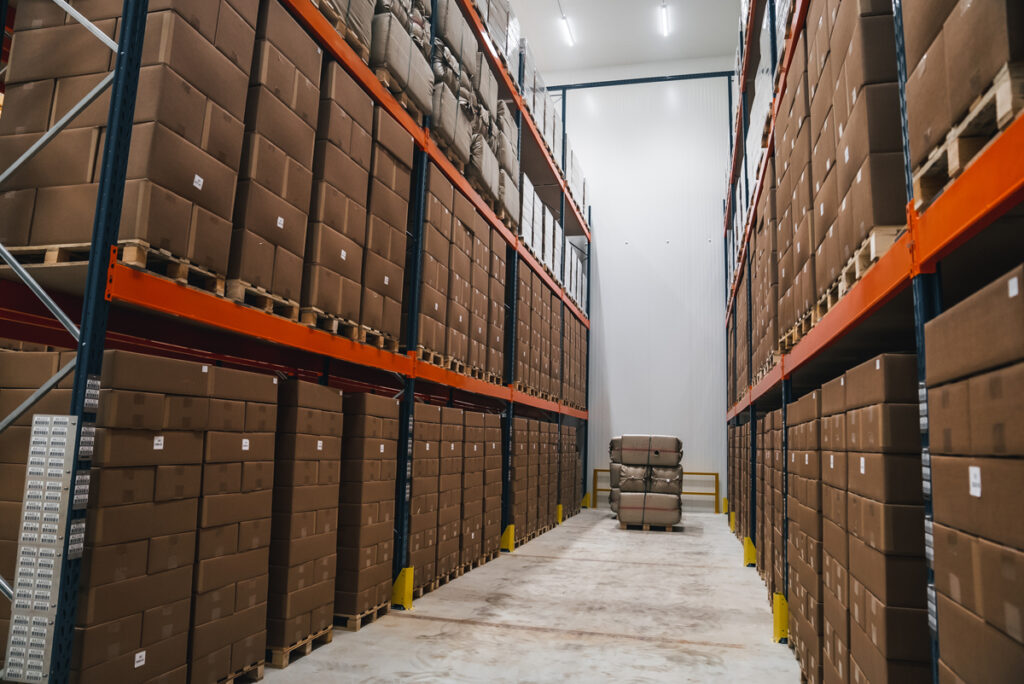How do they make Slovenian Hops ?
Slovenian hops are renowned for their unique flavour and aroma, making them a favourite among brewers worldwide. But how do Slovenian hops get from the fields to the brew kettle? In this blog post, we will discuss the process that Slovenian hops go through before they make it into your favourite beer. We will cover everything from harvesting and drying to packaging and shipping. So let’s get started and learn more about how Slovenian hops are processed!

The Slovenian hop plant
Slovenia has a long tradition of hop cultivation, with hop fields concentrated in the Savinja Valley and around certain towns. Since 2014, Slovenia’s hop acreage has been increasing, and in 2015, 99% of the harvested hops were exported, with 80% going to EU countries. The main hop varieties grown in 2015 included Aurora, Celeia, Savinjski golding, Bobek, and Styrian Gold. Recently, there have been some new promising flavour hop varieties, such as Styrian Wolf and Styrian Cardinal.
The process of hop processing involves harvesting, drying, storing, and pelletizing. Harvested hops are dried to reduce moisture levels before being stored for later use in beer production. Dried hops are then processed into pellets for ease of storage and transportation. These pellets can be used in brewing to provide the desired bittering or flavouring compounds.
Harvesting Hops
Harvesting techniques have been perfected over the years to ensure that hops are harvested at their flavour and aroma peak. Harvest usually starts in the later part of August each year. Thanks to national breeding programs, Slovenian hop varieties are more favourable for the modern beer world.
The hop fields are closely monitored, and samples are taken to the lab to check for alpha content & Moisture. Following receipt of the results, the farmer’s senses take over, immersing himself in the field to visually inspect and smell when it’s good to call the tractors in to commence harvest. The trailer full of bine is taken back to the processing facility on the farm. The tractor cuts the base of the nine, and as it drives forward, the bine is collected in the trailer. The load is left, and the staff lift the bine and attaches them onto the processing machine. It lifts them vertically and puts them through a machine that spins and strips the leaves and cones from the bines. The bines are chewed up into a waste product used for fertiliser, and the leaf and hop cones travel through a gravity separator. The hop cones travel into the storage boxes and the kiln for drying. The kilns tend to have three levels that dry the hops before they are placed into a conditioning chamber before being bailed and pressed into a stitched bale.
These hops can be found at some of the highest-rated breweries globally, providing supplies to Europe, Asia, Russia, and the USA. Quality is a priority, and traditions are passed on from generation to generation during the hop processing process. Once harvested, the hops are dried, pelletized, and stored for later use in brewing beer.
Drying Hops
Whole leaf hops are dried and pressed inflorescences of female hop plants. In the process of hop processing, they are kiln-dried to 8.5-10.5% moisture and then compressed into 5kg bales. The T-90 hop pellets produced from these kiln-dried, whole-leaf hop cones have been specifically designed to preserve and protect the hop resins. The temperature is closely monitored to accomplish this, and the pellet die is cooled when necessary.
Pelletising Slovenian Hops
Turning hops into pellets is an important part of hop processing. Hops pellets can impart 10-15% more bitterness than whole-leaf hops, making them a popular choice among brewers. Hops are dried quickly using an even heat source of 50-60 degrees Celsius and then cooled to 20 degrees Celsius. The weight ratio from green/wet/fresh hops to dried hops is 6 to 1. Once dried, a hammer mill is used to reduce the size of the hops. Hops pellets are made with a pellet machine which includes a die and roller. The pellets are usually packaged under a vacuum or inert gas to reduce the rate of deterioration. With this hop processing method, brewers can achieve consistent levels of bitterness and flavour in their beer.

Storage of Slovenian Hops
Hops must be carefully stored to ensure maximum quality and preservation. Hop processing companies typically store hops at around 33-40°F (1-4°C) with little to no exposure to oxygen, light, and heat. The longer hops are exposed to these elements, the faster they will deteriorate and lose their alpha acid content. This means storing hops in a cold and dark environment is ideal for keeping them as fresh as possible.
T-90 pellets are often the preferred choice of hop processing companies as they tend to have a longer shelf life than whole cone hops. However, both should still be kept from light and stored in a cool environment to remain fresh. When unopened and stored correctly, hops can remain fresh for up to 5 years. However, once the factory seal has been broken, they will only last around six months before losing their quality.
Checkout our video at Hmezad Slovenian Hop Processing Facility: